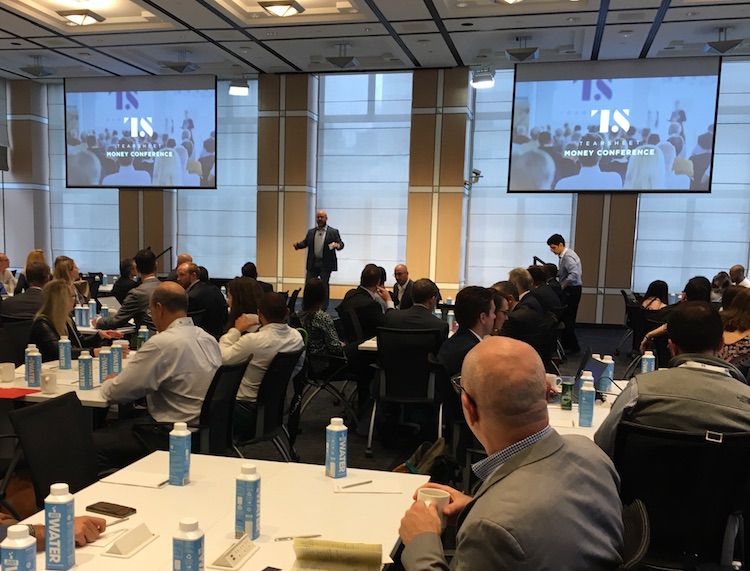The Customer Effect
The state of the modern banking experience
- Industry leaders from a range of perspectives -- from bank, startup and venture capitalist vantage points -- offered their visions for the future evolution of financial services at the inaugural Tearsheet Money Conference.
- The future of financial services will center around issues of customer choice, the extent of human involvement in service delivery and use of data.








